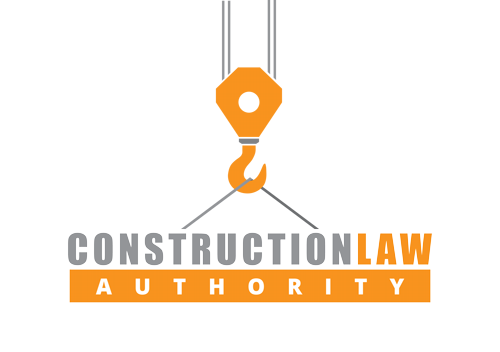Green Construction Contract Concerns
Many contracts used in green building projects are not always ideal for green building projects. Often, contractors, design professionals, or owners will use their old standard construction contracts. But those forms might not take into account some of the nuances or issues that can arise on a sustainable project.
For example, green building contracts should strive to be more specific about what the green goal is. Terms like “green building”, “sustainable building” or “high-performing building” lack the specificity of what the goal is. Further, it is not enough for the owner to say it wants LEED platinum rating, or LEED certified, or Green Globe? There is a difference. Or, maybe the goal is to save money on electricity, or to reduce the amount of water consumed. Those should be specifically identified, so if the goal is not achieved, there will not be confusion as to what the goal was. Confusion often leads to a dispute, which often leads to litigation.
The contract should also reflect who is responsible for achieving the project’s green goals. It can be the architect, an engineer, or contractors and sub-contractors or suppliers. Each segment of the construction project should be aware of what responsibilities it is undertaking in the green building process. And, they may want to get paid more for taking on the added risk.
The aforementioned should also be aware of what guarantees they are making in terms of sustainable performance or certification. If an architect undertakes the responsibility of achieving a certain level of certification, and that goal is not met, the contract should be clear about what the repercussions are. Or, the contract can address what happens when a component such as an HVAC system does not achieve the level of performance a contractor represented. If the contract is silent, the design professional, contractor, or whomever may find themselves facing a lawsuit for breach of contract.
In some cases, an alternative to a guaranty is to allow for performance bonuses based on the certification or performance levels achieved. In other words, a contract will describe a base fee for services on the project, and then allow for additional compensation depending on level of certification the building gets, or based on the level of performance of the building after occupancy. This is helpful because it can be difficult to guaranty these levels on certain projects.
There are some form contracts out there that are tailored for green construction projects. But just about every project is unique and generally there is no one size that fits all. So, before you sign that green building contract, whether you are an owner or part of the construction team, and whether its for new construction or even a renovation or retrofit, make sure you are contractually protected, and that everyone is on the same page as to the green goals.


No Comments